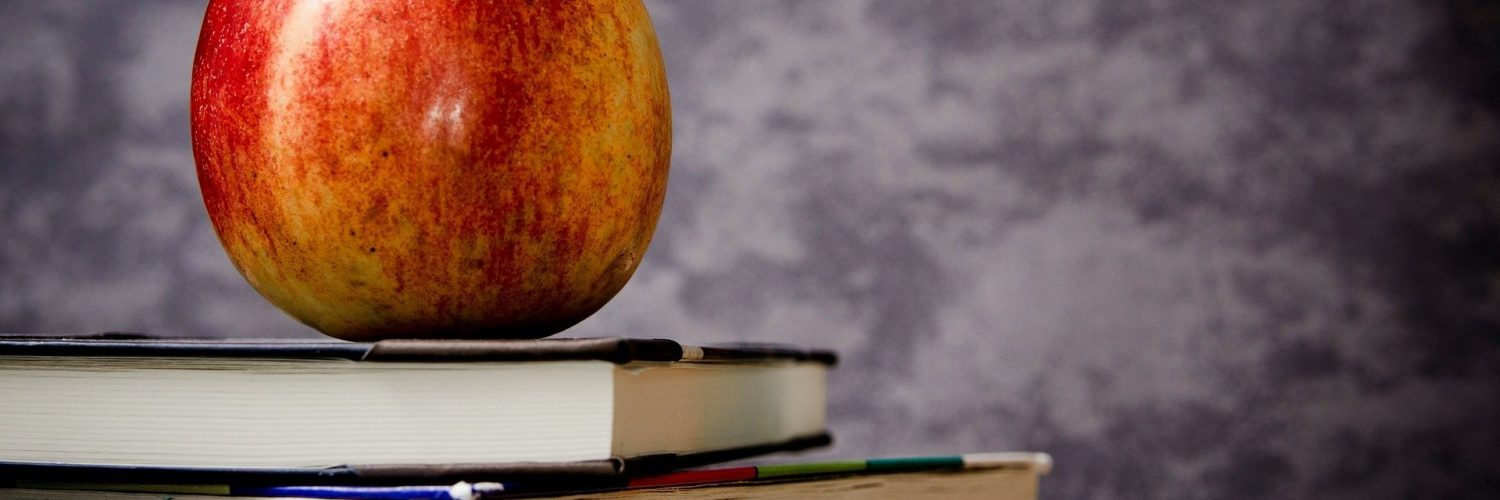Iranian militants held American embassy staff hostage for the entire year. The United States boycotted the Olympics. Ronald Reagan became the 40th President of the United States in the November election. These were some of the memorable events of 1980.
The youth of America were still a year away from hearing the phrase “I want my MTV,” and the Oldsmobile Cutlass was the nation’s best-selling automobile. This was also the last time Arizona policymakers substantially updated the K-12 finance formula.
The time has come to modernize the formula again.
Arizona educators have accomplished a great deal under the 1980 formula. The K-12 student population has grown from less than 500,000 in 1980 to more than 1.2 million in 2020. During the past 40 years, our state has simultaneously improved the quality of the education system and quantity of high performing schools.
But similar to the Oldsmobile Cutlass, however, Arizona’s school finance system has become increasingly antiquated. By enrolling in different public schools, an Arizona student can generate wildly different K-12 funding amounts. The same student could change public schools in Arizona but receive only a fraction of the public funding his or her previous school received. It is time for Arizona policymakers to finish the job of equalizing education funding.
Formula Served an Important Purpose at the Time: Advancing Equity
Arizona largely equalized school funding in 1980 by mandating an equal level of local property taxes in every school district and creating a single operational formula built around weights for individual student needs. Previously, both tax rates and operational spending levels were discretionary and differed significantly based on the wealth of the local school district. Arizona was one of many states compelled by court actions to reform their finance formulas to ensure the learning opportunities for poor students were not shortchanged by virtue of their zip code.
Inequities Crept Back In After 1980
The 1980 effort went a long way toward equalization, but because it kept open multiple avenues for local jurisdictions to add to their school budgets through additional primary and secondary tax levies, inequities in district resources have persisted and grown over time.
Article 2, Section 13 of the Arizona Constitution states: “No law shall be enacted granting to any citizen, class of citizens, or corporation other than municipal, privileges or immunities which, upon the same terms, shall not equally belong to all citizens or corporations.” Despite this provision and the 1980 reforms, today the best funded Arizona district generates six times as much revenue per pupil as the lowest funded district. With no automatic or mandatory review of the formula required of the state Legislature, these inequities have continued to grow. This state of affairs does not adhere to the constitutional principle of equal privileges and immunities.
Formula Was Created for a Different System
The 1980 formula revisions sought to replace local discretion for school taxing and spending with a state equalized effort centered on individual students. It was a massive, two-year effort and disrupted a great deal of tradition and ease of practice for wealthier school districts but resulted in an outcome closer to the “general and uniform” requirements of the state constitution.
However, that formula was created to serve a school system where the vast majority of students attended the local school assigned to them. Students today are far more mobile, and public- school enrollment relies far more on attracting students than simple proximity.
In 1994, the Arizona Legislature enacted two policies that have greatly accelerated the move away from assigned schools: the creation of public charters schools and an open enrollment system.
Public charter schools do not operate with any particular jurisdiction; in effect, their “local district” is the state of Arizona. Public charter schools are unable to levy local property taxes; their public funding for maintenance, operations, and capital comes exclusively from the state. Arizona’s Joint Legislative Budget Committee calculated that the average charter student in Arizona received $1,273 less than the average district student in total public funding.
Arizona lawmakers also required districts to pass an open enrollment policy, enabling students to attend the public school of their choice within or outside of their assigned school district, tuition free.
Today, Arizona charter schools serve approximately 20% of public-school students and have taken the lead in accommodating state enrollment growth. Attendance in “out of boundary” public schools, however, is the most common form of school choice, with district schools both gaining and losing students through open enrollment. A study of public-school enrollment in Maricopa County found that open enrollment students outnumber charter students nearly two to one.
The combination of district open enrollment, charter enrollment and private/homeschooling has resulted in a majority of students attending schools other than their zoned district school. As the percentage of students attending the school in their assigned district declines, the justification for local tax support versus statewide tax support erodes.
After nearly 30 years, charter schools are an integral part of Arizona’s public-school system and their funding should be integrated into the overall school finance formula.
Arizona policymakers should consider the successful practice of other states in funding students with special needs, such as those with disabilities and English Learners, to reflect the level of services required rather than an arbitrary amount of funding associated with a diagnosis. Weights relating to schools, such as additional funding for rural communities and rewards for academic success should be incorporated into the funding formula and provided to schools on a neutral formulaic basis.
Outmoded Formula Creates Inequities for Taxpayers, Too
Zip codes no longer determine a child’s public school but still heavily influence the level of resources their school receives.
In the past, both homeowners and local businesses were taxed to support the education of students in their neighborhoods. Now, they increasingly find themselves being taxed to pay for the education of students attending schools elsewhere, or who are receiving their education online. Place-based taxes for mobile students have made less and less sense over time.
For example, the formula for school transportation only applies to students who attend district schools. This means Arizona households pay school transportation taxes, but many students, including the majority of students in Maricopa County, receive no benefit from it.
Arizona school buses still largely transport children within their zoned attendance boundary as they did in 1993. Families using other public-school options must currently fend for themselves. Governor Doug Ducey’s Executive Budget proposal recognizes the importance of this long-neglected equity issue by providing transportation assistance to district open enrollment students and charter students.
Similarly, the disconnect between school district construction bonding and student attendance patterns has contributed to a glut of underutilized space in many districts — even while excellent district and charter schools with high parental demand and waitlists remain starved for facilities. This effectively stunts the growth of our most-in-demand schools and leaves many waitlisted students shut out of their first-choice school.
Modernization Essential to Improve Equity
A school finance system suited to Arizona’s needs would collect all school taxes and distribute them on an equitable, per-student basis according to a single statewide formula. The tax obligation for education should be shared equitably among taxpayers, and revenues should be allocated to the public school that students attend, rather than to a local taxing authority. Inequities for taxpayers and schools alike would be minimized by replacing district bonds and override elections with a system of increased state funding. Districts carrying facility debt should retain a local tax for the purpose of retiring preexisting debt during a transition period.
With individual success tied to greater levels of attainment, the state’s economic future is tied to education. Arizona’s fundamental interest in educating its children does not vary by which public school they attend.
We cannot expect Arizona to be competitive today using the 1980s playbook. The time has come to address funding inequities squarely and to modernize Arizona’s outdated funding formula for the needs of the 21st Century.
Public funding systems for public education should arise from statewide support and be focused directly on students. Arizona made a strong start in this direction in 1980, charting a pathway followed by many states thereafter. What was once a visionary formula has gone the way of the 1980 Oldsmobile Cutlass. We can – we must – set a new and better standard in student funding once again.

Dr. Matthew Ladner is the director of the Arizona Center for Student Opportunity
















Add comment